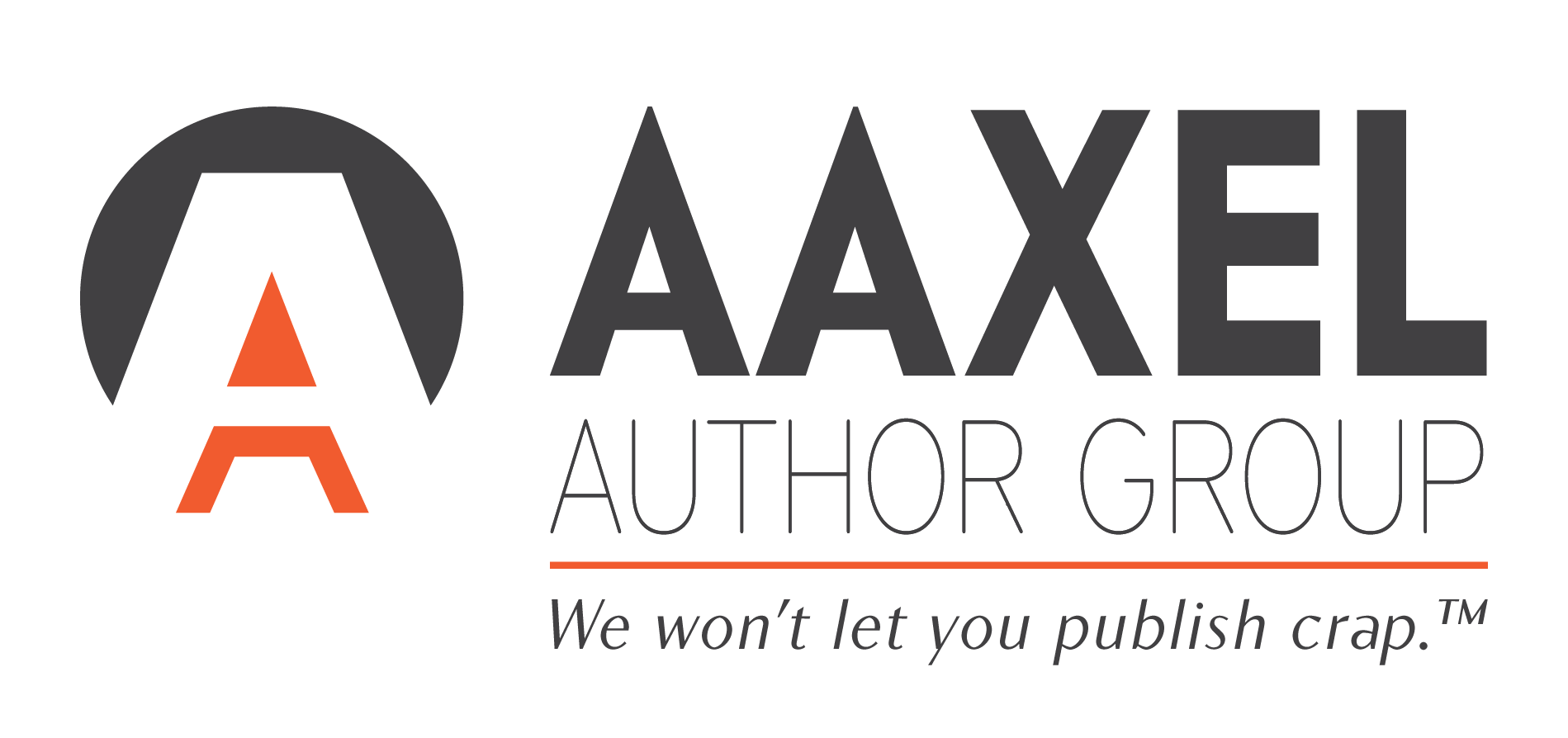Kickstart 2023 with a Solid Fiction Book Plan
With the new year come new ideas. If you are a fiction writer, you very likely have already come up with an idea for a new book. The question is, how to take that idea and nurture it into an engaging, publish-ready story? That is where some basic planning comes in!
Step One: Cast Your Characters
Think of your book as a theater production. You want to define each of the roles down to the detail–what do your characters look like, how do they sound, how do they walk, what’s their backstory and how does it affect them currently? Imagine you’re the director and each version of your characters is a different actor. Hiring the right one (or, in this case, creating the perfect character) will speak volumes throughout your work. Some things that are helpful to focus on when picking out your characters include appearance, likes and dislikes, behaviors, positive and negative qualities, values, deal breakers, response during conflict, and relationships with others.
Additionally, you can look at how your characters will change over the course of the book. How does their physical appearance change? How do their mental and emotional states transform? Do their values switch or hold true? How do their relationships with others change after all is said and done? All of these will ensure your characters are more relatable to the reader.
Step Two: Draw Your Plot Mountain
In order to stay on track, many writers consider it helpful to use a plot mountain. A plot mountain is a simple line art outline of a mountain–but really, it could just be a large upside-down V. At the bottom of the mountain is the exposition. This is the beginning part of the novel in which readers get to know a bit about the main character(s), the gist of how the world is currently, and any background necessary for the rest of the story.
Then, following the line up the side of the mountain is the rising action. This is the part where things pick up a bit, clues or breadcrumbs used for foreshadowing can be used here, and introductory pieces of the main conflict are often sprinkled in at the start of the rising action.
Up at the peak of the mountain is the climax wherein the big dramatic reveal or event occurs. This is where the main conflict is frequently the heaviest and is often the point where the main character has their transformative moment.
Then, rolling down the side of the mountain is the falling action. This is the immediate aftermath of the climax–sometimes authors will include a timeskip if necessary, but this is where the worries of the main conflict returning are assuaged.
Finally, back down on the ground, we have the conclusion. This is the finale of the show, the wrapping up of any loose ends. However, it can be an appropriate place to include a little hinting at what comes next. A plot mountain does not always need to be in this strict order, either. Some will put the climax at the end of the story, leaving readers with bated breath on the cliffhanger. Others will have it at the beginning, but only for a brief moment, to keep readers on their toes. Use whatever works best for your story idea, as long as you can get it drawn out on paper. Keeping a physical copy of your Plot Mountain near your workspace can be extremely motivating and serves as a reminder for what you’re working towards.
Step Three: Say What You Want to Say
An important part of every book is the message it tells. This message is your theme–in order to choose one that will move readers, you first want to reflect on your own values and beliefs. This allows you to determine a theme or a lesson that is meaningful to you, and when that passion motivates you to write with all your effort, it shows on paper. After choosing your theme, you can begin to think of plot points or specific scenes that will communicate that message to the readers. Circling back to our first suggestion, it can be beneficial to create characters that pose an obstacle or threat to the theme of your novel. This way, the audience can comprehend the strength of the theme and see how it holds up to the test of conflictual opposition.
Now that you know the right steps to plan ahead, you are ready to start writing! But writing that first draft is not easy, which is why we offer our manuscript evaluation service. In fact, if you have 10 pages done, we’ll look at them and give our opinion for just $47. Click here to learn more.
